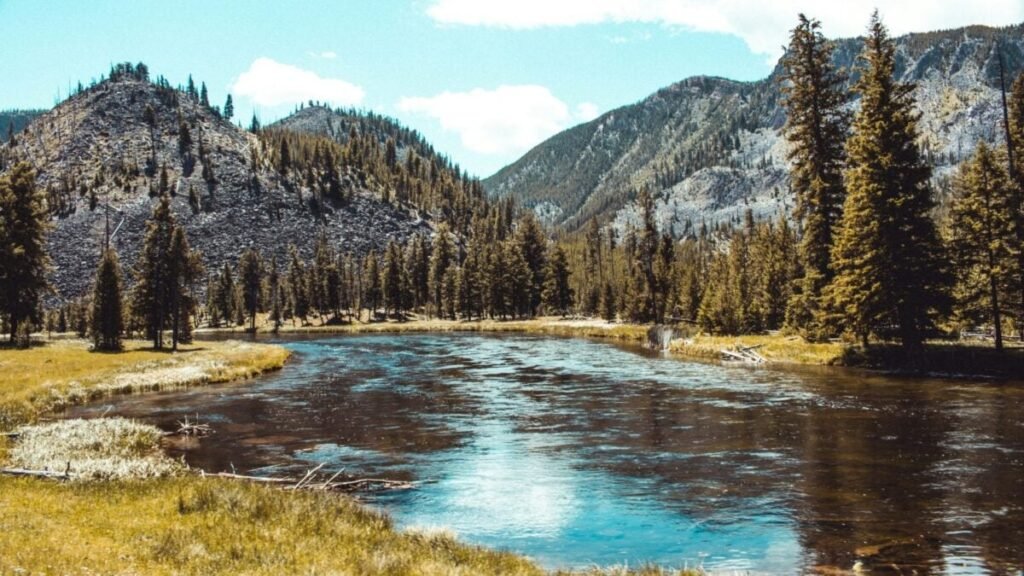Yellowstone Ecosystem Thrives with Return of Wolves: Revival of Tree Growth after 80 Years

The Yellowstone National Park, one of the oldest in the United States, has become the stage for a surprising rebirth. After over 80 years of certain areas lacking new trees, recent studies have shown a transformation taking place.
The Return of the Wolves and the Awakening of the Aspens
In the 1930s, wolves were eradicated from Yellowstone, leading to a surge in the elk population. With over 18,000 elk grazing unchecked, plant species like the trembling aspen struggled to regenerate, resulting in aged trees with no new growth.
In 1995, the gray wolf was reintroduced to the park, causing a rapid decline in the elk population and reducing pressure on vegetation. A recent study found that in a third of aspen stands, young and healthy trees are now growing, signaling a promising future for the species and enhancing biodiversity.
An Ecosystem in Motion
The recovery of the aspen trees has triggered a cascade effect, benefiting various species in the park. However, challenges remain, as the increasing bison population could hinder tree regeneration. Experts believe that the interactions between herbivores and predators will continue to shape Yellowstone’s future.
The reintroduction of large carnivores has proved to be a powerful tool in restoring landscapes, with their impact potentially surpassing that of climate change in certain environments.






